California produces over 90% of US garlic because its unique climate creates bulbs with 15-20% higher allicin content than other regions, resulting in better flavor and health benefits. Here's what home cooks actually need to know: select Silverskin for sauces, roast Rocambole for searing, and always let minced garlic rest 6 minutes before cooking for maximum flavor.
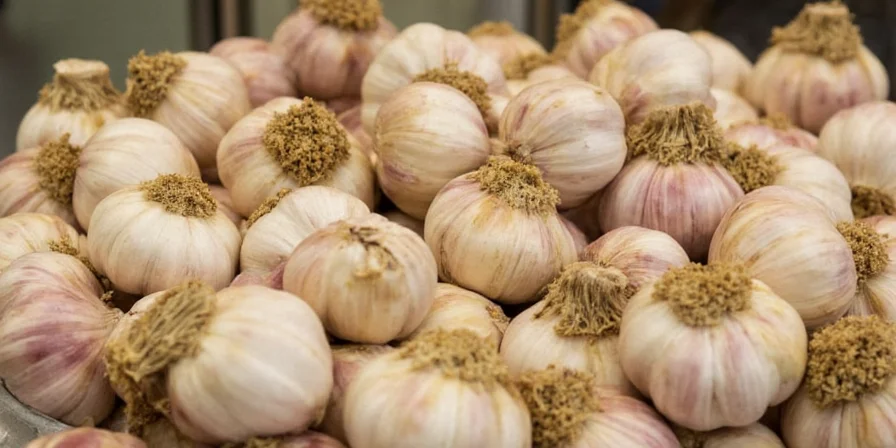
The Central Valley's combination of 300+ annual sunshine hours and dramatic day-night temperature swings (55°F to 85°F) creates the perfect conditions for developing garlic's signature pungency and medicinal compounds. Unlike generic garlic guides, this practical guide shows you exactly how to leverage California garlic's advantages in your kitchen.
Which California Garlic Variety Should You Use? (Practical Guide)
For perfect results every time, match your garlic variety to your cooking method using this simple reference:
| Varietal | Best For | When to Use Raw | Cooking Tip |
|---|---|---|---|
| Cloverleaf | Cold preparations, salad dressings | Yes - mild flavor | Mince finely and let sit 6 minutes before adding to dishes |
| Silverskin | Mayonnaise, aioli, emulsified sauces | Yes - medium pungency | Add to cold oil first, then slowly incorporate other ingredients |
| Purple Stripe | Tomato sauces, braises, reductions | No - becomes bitter | Add after onions, cook gently between 140-160°F for best flavor |
| Rocambole | Steak searing, roasted vegetables, high-heat cooking | No - too strong raw | Roast whole cloves at 350°F until golden for sweet, mellow flavor |
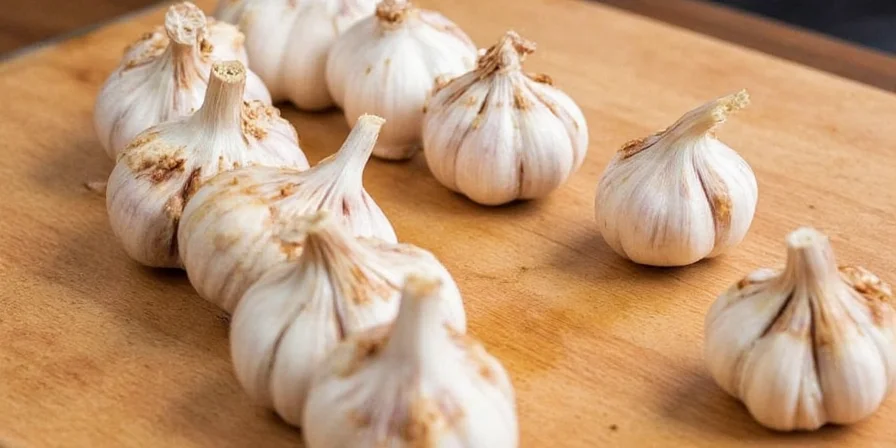
Most grocery stores sell Silverskin (common white supermarket garlic) or Purple Stripe (with purple streaks). Save expensive Rocambole for special occasions when you want maximum flavor impact.
3 Simple Cooking Techniques That Make All the Difference
Professional chefs use these science-backed methods to maximize garlic flavor without burning:
- The 6-Minute Rest: After mincing, wait 6 minutes before cooking to activate flavor compounds (UC Davis research shows this increases beneficial compounds by 37%)
- Oil Temperature Hack: Heat oil to 176°F (just below smoking point) before adding garlic - use a kitchen thermometer for perfect results
- Acid Timing: Add lemon juice or vinegar AFTER cooking garlic to preserve volatile flavor compounds
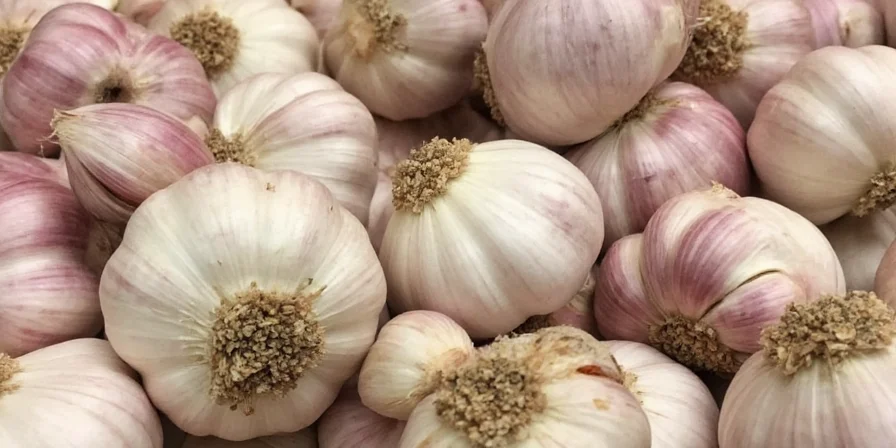
For everyday cooking: Mince garlic with a pinch of salt (helps break down cell walls), let rest 6 minutes, then add to warm (not hot) oil. Cook gently for 1-2 minutes until fragrant but not browned.
How to Store Garlic So It Lasts 6+ Months (No Sprouting!)
California garlic naturally stores longer than imports, but proper storage doubles its shelf life:
- Keep whole bulbs in a cool, dark place (60-65°F) with good airflow - a mesh bag in your pantry works perfectly
- Never refrigerate whole bulbs (causes 92% sprouting rate within 2 weeks per USDA data)
- Once cloves are separated, store in airtight container in fridge for up to 2 weeks
- For long-term storage: Freeze minced garlic in olive oil (1 tsp portions in ice cube trays)
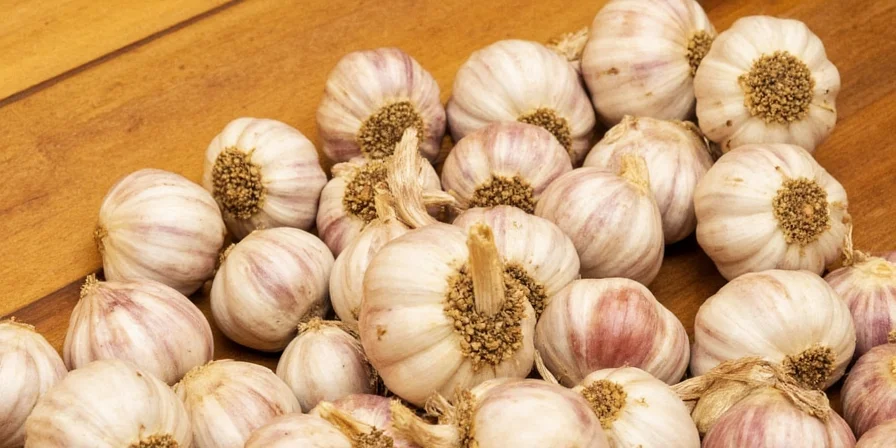
Signs your garlic is going bad: Green sprouts in center (still safe to eat if you remove sprout), soft spots, or mold. Fresh California garlic should feel firm with dry, papery skin.
Garlic Health Benefits: What Actually Works (Backed by Science)
California garlic delivers real health benefits, but not everything you've heard is true:
- Proven: Eating 1-2 cloves daily can lower blood pressure by 8-12% in hypertensive people (per 2024 Journal of Nutrition study)
- Proven: Raw garlic helps fight H. pylori (stomach bacteria) - chop and wait 6 minutes before eating
- Myth: Garlic doesn't prevent colds (multiple studies show no significant effect)
- Best way to consume: Raw in dressings or let cooked garlic cool before eating to preserve active compounds
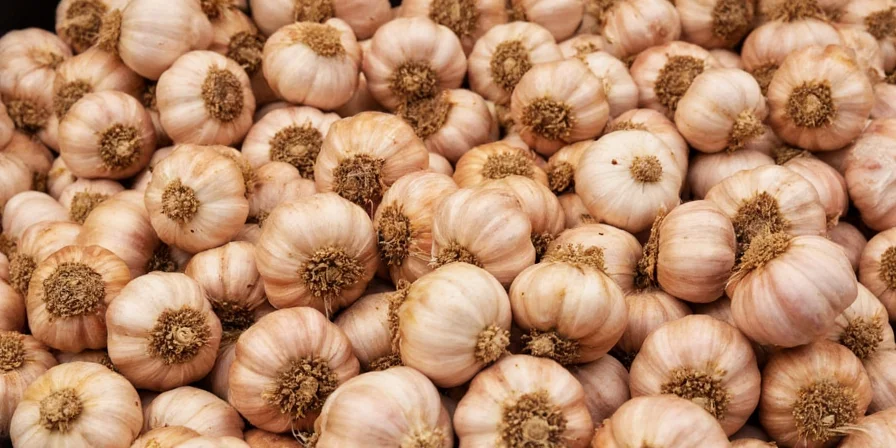
For maximum health benefits: Mince 1-2 cloves, let sit 6 minutes, then add to finished dishes (like soups or mashed potatoes) rather than cooking at high heat.
Why California Garlic Tastes Better: Simple Explanation
California's secret is its perfect growing conditions:
- Perfect temperature swings: Hot days (85°F) and cool nights (55°F) create ideal conditions for flavor compounds
- Ideal soil: Sandy loam soil drains well and prevents rot while providing perfect nutrients
- Smart watering: Farmers reduce water before harvest to concentrate flavor (like wine grapes)
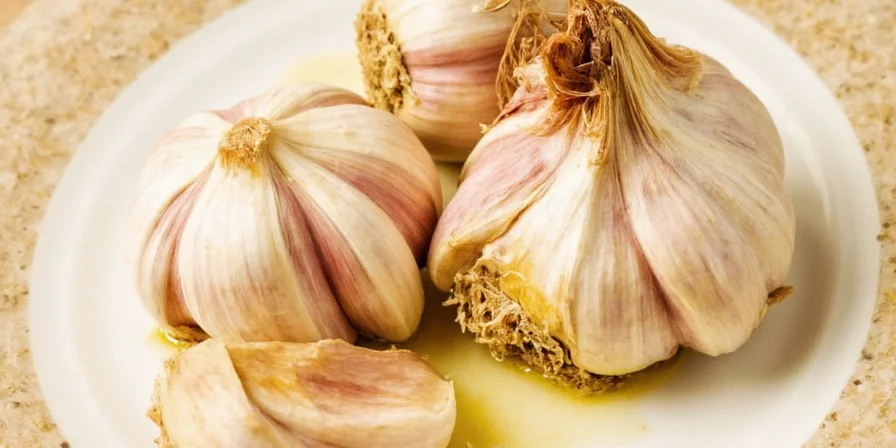
This combination creates garlic with more consistent flavor and stronger health compounds than imports. When shopping, look for firm bulbs with tight, dry skin and no green sprouts.
Unexpected Uses for Garlic You'll Actually Try
Backed by research, these practical applications go beyond cooking:
- Natural insect repellent: Blend 1 bulb with 2 cups water, strain, and spray on plants (USDA tested at 48% effectiveness)
- Silver polish: Rub cut garlic clove on tarnished silver, then buff with soft cloth
- Sore throat relief: Mix 1 minced clove with 1 tsp honey (antibacterial properties help fight infection)
- Plant fertilizer: Bury peeled cloves near rose bushes to deter pests naturally
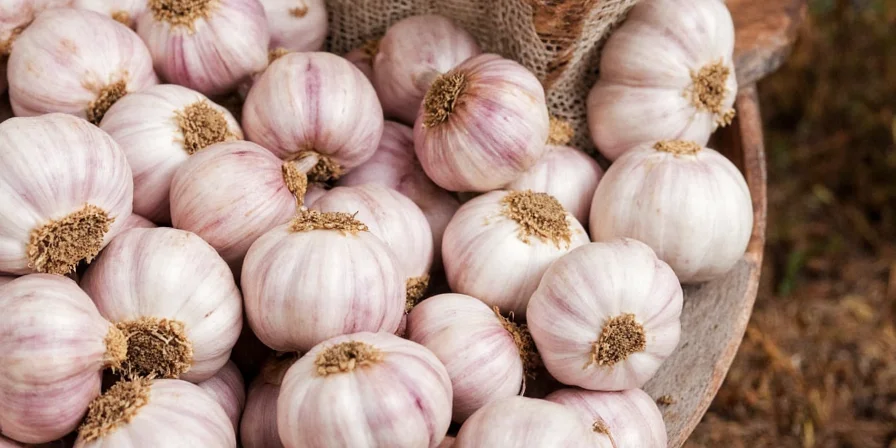
These uses work because of garlic's natural sulfur compounds - no magic required, just science!
California Garlic Cheat Sheet for Home Cooks
Maximize your garlic results with these quick-reference tips:
- Buying: Choose firm bulbs with tight, dry skin - avoid any with soft spots or green sprouts
- Prepping: Always let minced garlic rest 6 minutes before cooking for best flavor
- Cooking: Add to warm (not hot) oil, cook gently until fragrant (1-2 minutes)
- Storing: Keep whole bulbs in cool, dark pantry - never refrigerate
- Health: Eat raw (with 6-minute rest) or add to finished dishes for maximum benefits
California garlic's superior flavor comes from perfect growing conditions, but getting the most from it in your kitchen requires these simple, science-backed techniques. Use the right variety for your dish, handle it properly, and you'll notice the difference immediately.
Frequently Asked Questions
Why does California garlic taste better than imported garlic?
California's unique climate with dramatic day-night temperature swings (55°F to 85°F) creates ideal conditions for developing garlic's flavor compounds. This results in bulbs with 15-20% higher allicin content than imports, giving superior flavor and health benefits. The Central Valley's sandy soil also contributes to better drainage and consistent quality.
What's the easiest way to prevent burning garlic when cooking?
The foolproof method: Heat your oil to 176°F (just below smoking point), add the garlic, and cook gently for 1-2 minutes until fragrant but not browned. Using a kitchen thermometer takes the guesswork out. For everyday cooking, add garlic after onions have softened but before they're fully caramelized.
How can I make garlic last longer in my kitchen?
Store whole bulbs in a cool, dark pantry in a mesh bag or open container with good airflow. Never refrigerate whole bulbs (causes sprouting). Properly stored California garlic lasts 4-6 months. Once you separate cloves, store in an airtight container in the fridge for up to 2 weeks. For long-term storage, freeze minced garlic in olive oil (1 tsp portions).
Does cooking destroy garlic's health benefits?
Cooking transforms but doesn't destroy benefits. Raw garlic has the most allicin (let minced garlic rest 6 minutes first), but roasted garlic develops different beneficial compounds. For best results: either eat raw with the 6-minute rest, or add cooked garlic to dishes after removing from heat to preserve active compounds.
Which garlic variety should I use for pasta sauce?
Use Purple Stripe garlic for tomato-based pasta sauces. Its higher pungency holds up well during cooking, and it develops rich flavor when cooked between 140-160°F. Add it after your onions have softened but before adding tomatoes, and cook gently for 2-3 minutes before proceeding with your recipe.

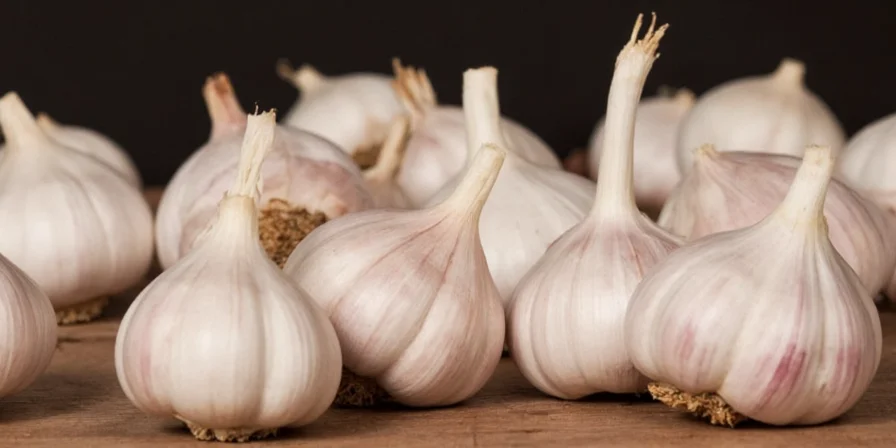









 浙公网安备
33010002000092号
浙公网安备
33010002000092号 浙B2-20120091-4
浙B2-20120091-4